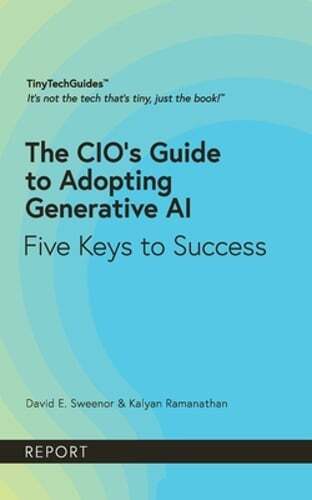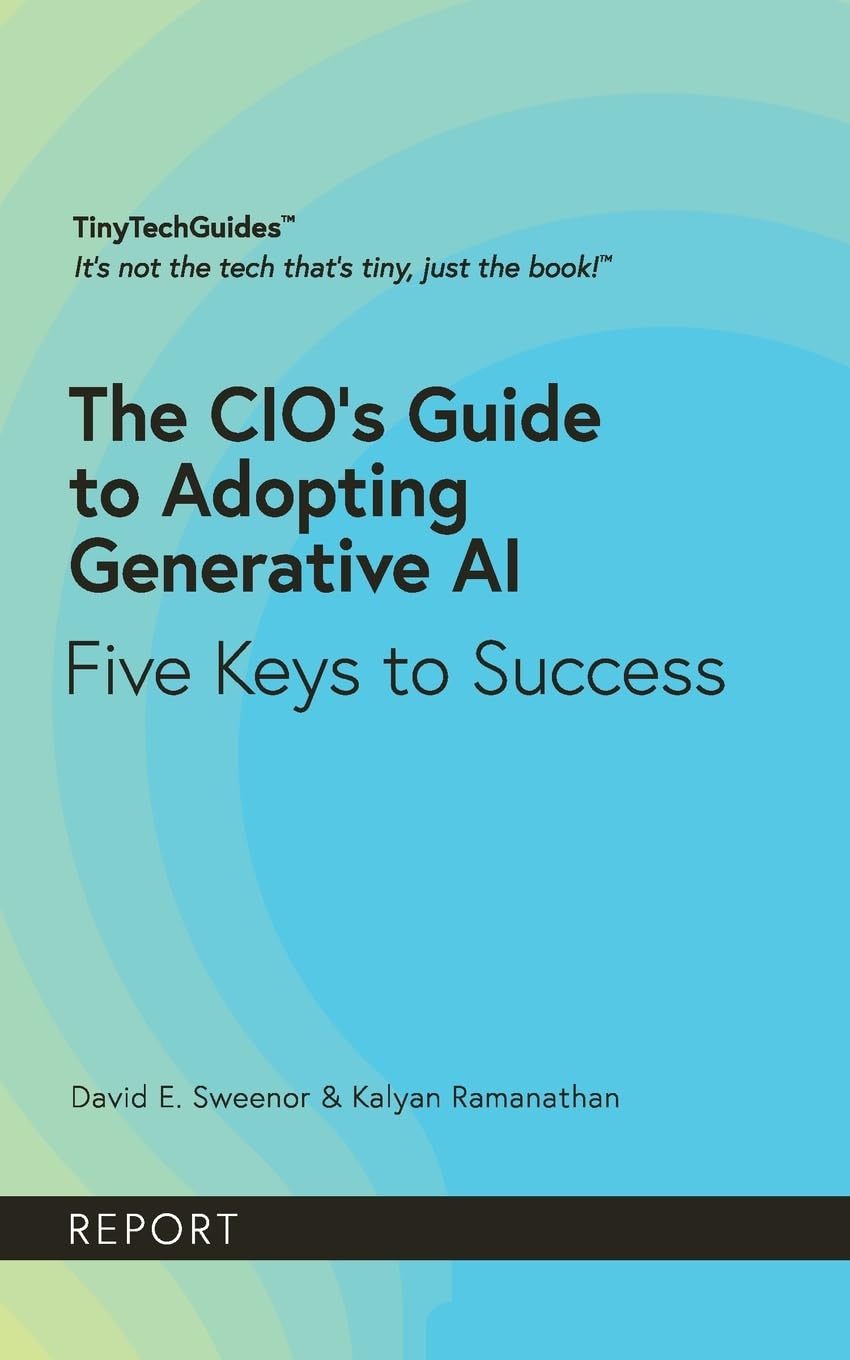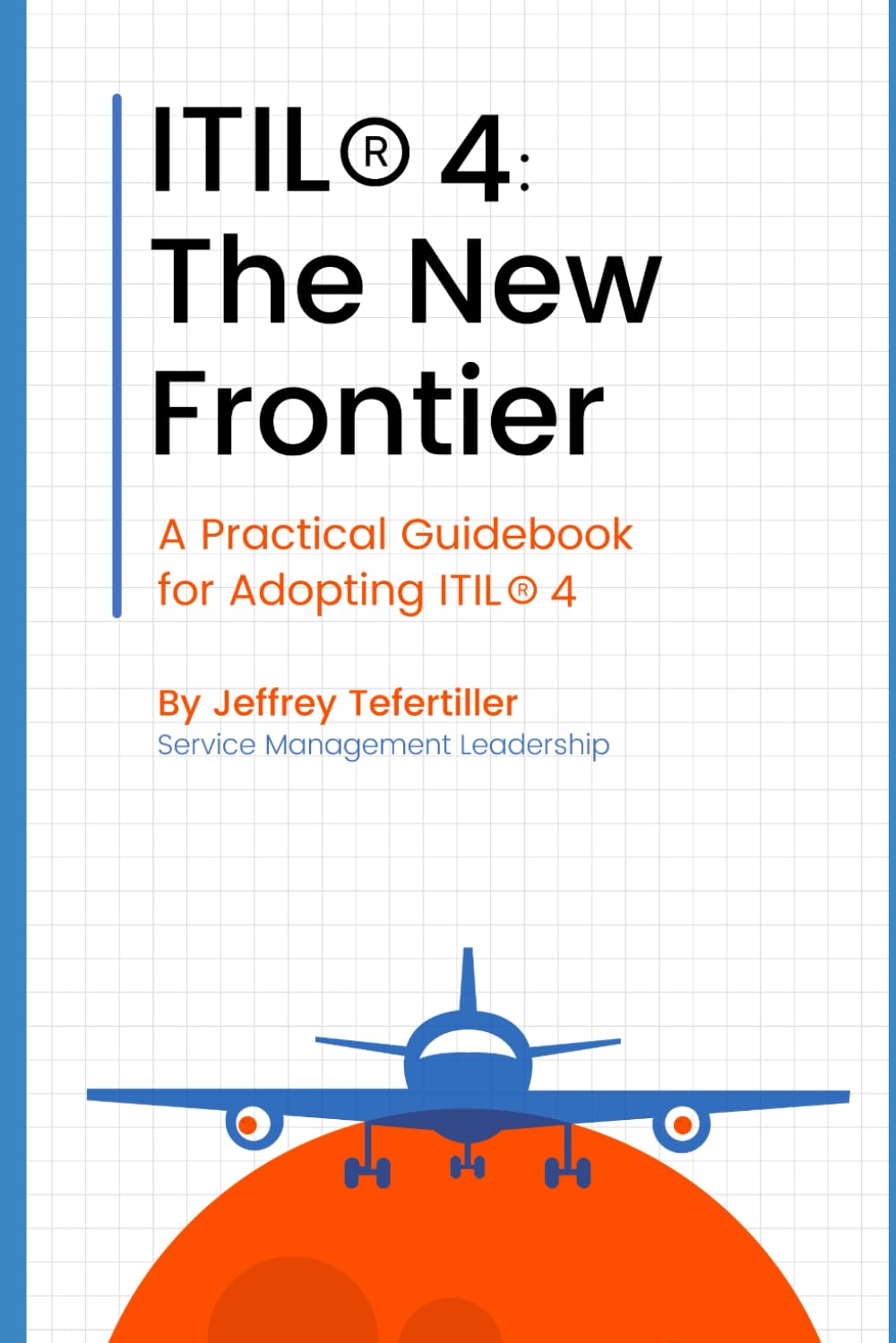Cloud computing has become increasingly prevalent in recent years, offering a range of benefits for businesses of all sizes. However, there are also several challenges that organizations may face when adopting cloud computing. In this article, we will explore the benefits and challenges of making the switch to cloud computing.
Benefits of Cloud Computing:
1. Cost Savings: One of the primary benefits of cloud computing is cost savings. By moving to the cloud, businesses can reduce the need for expensive hardware and software, as well as the costs associated with maintaining and upgrading on-premises infrastructure.
2. Scalability: Cloud computing offers businesses the ability to easily scale up or down based on their needs. This flexibility allows organizations to quickly adapt to changing market conditions and demand.
3. Accessibility: Cloud computing enables employees to access data and applications from anywhere, at any time, using any device with an internet connection. This can improve productivity and collaboration among team members, especially for organizations with remote or distributed teams.
4. Security: Many cloud service providers offer advanced security features to protect data from unauthorized access, data breaches, and other cyber threats. This can provide businesses with peace of mind knowing that their data is secure in the cloud.
Challenges of Cloud Computing:
1. Security Concerns: While cloud service providers implement robust security measures, some organizations may still have concerns about the security of their data in the cloud. It is important for businesses to carefully evaluate the security practices of their cloud provider and implement additional security measures as needed.
2. Data Privacy: Businesses that store sensitive or regulated data in the cloud may face challenges related to data privacy and compliance. It is essential for organizations to understand the regulatory requirements in their industry and ensure that their cloud provider complies with these standards.
3. Integration Issues: Migrating to the cloud can be complex, especially for organizations with existing on-premises systems and applications. Integration challenges may arise when trying to connect cloud-based and on-premises systems, requiring careful planning and coordination.
4. Downtime and Reliability: Cloud service providers may experience downtime or service disruptions, which can impact the availability of data and applications for businesses. It is important for organizations to have a backup plan in place to minimize the impact of downtime on their operations.
In conclusion, while there are many benefits to adopting cloud computing, organizations must also be aware of the challenges that may arise. By carefully evaluating the risks and rewards of cloud computing and implementing best practices for security and compliance, businesses can successfully leverage the power of the cloud to drive innovation and growth.










